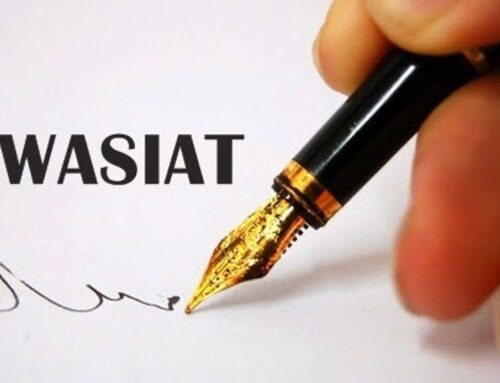THE USE OF E-SIGNATURE IN CREATION OF WILLS AND CODICILS: DAWN OF A NEW ERA (PART 2)
THE USE OF E-SIGNATURE IN CREATION OF WILLS AND CODICILS: DAWN OF A NEW ERA (PART 2)
In our previous article “Digital Will Writing – Dawn of A New Era”, we touched on the validity of writing a will digitally and whether it fulfills the requirement under Section 5 of the Wills Act 1959 (Act 346) (“the Wills Act”). In this article, we will be looking at the second requirement of the will and whether e-signature for will writing should be allowed by the law of Malaysia.
There are two (2) types of e-signatures recognised in Malaysia, namely Digital signature and Electronic signature that is governed under Digital Signature Act 1997 (“DSA 1997”) and Electronic Commerce Act 2006 (“ECA 2006”) respectively. Even though they are frequently used interchangeably, these signatures are not the same thing as it refers to a completely different concept and is regulated by different laws.
ELECTRONIC SIGNATURE VS DIGITAL SIGNATURE

(Sources from: https://aboutssl.org/digital-signature-vs-electronic-signature/)
A digital signature is accompanied with a digital certificate issued by licensed certificate authorities such as Pos Digicert Sdn Bhd, Telekom Applied Business Sdn Bhd, MSC Trustgate.Com Sdn Bhd and Raffcom Technologies Sdn Bhd. This digital certificate verifies the signer’s identity. Whereas, an electronic signature is a picture of a handwritten signature generated by scanning a signed document, for example by using Adobe Acrobat Reader or any electronic signature pen.
With the enactment of DSA 1997, a document signed with a digital signature has a legal effect in Malaysia. This we can refer to Section 62(2) of DSA 1997:
“62. Satisfaction of signature requirements
(1)…
(2) Notwithstanding any written law to the contrary –
(a) a document signed with a digital signature in accordance with this Act shall be as legally binding as a document signed with a handwritten signature, an affixed thumbprint or any other mark; and
(b) a digital signature created in accordance with this Act shall be deemed to be a legally binding signature.”
Based on the above provision, we can see that documents signed with a digital signature have the same legally binding force as if it is signed with a handwritten signature, the same goes for electronic signature. However, pursuant to ECA 2006, some documents cannot be signed with an electronic signature and must use a traditional and manual way of signing it. Such documents include, among others, the creation of wills and codicil, power of attorney, and documents relating to the creation of trusts.
Second Requirement of a Valid Will – Signature

The second requirement of a valid will is it must be signed by a testator of the will. This requirement is provided under Section 5 of the Wills Act 1959, where it states as follows:
“(1) No will shall be valid unless it is in writing and executed in the manner hereinafter mentioned.”
(2) Every will shall be signed at the foot or end thereof by the testator…”
Now the issue when it comes to the e-signature of a will is whether using e-signatures would give rise to the possibility of the will being forged by a third party. This might be one of the reasons that the creation of a will, power of attorney or trust documents were excluded from the application of the DSA 1997 and ECA 2006. However, with the use of high-tech electronic signatures, it will help in reducing the issue of forgery or fraud. In fact, referring to DSA 1997, it already addresses this issue to minimise the possibility of forgery and fraud. For example:
- A licensed certification authority must use a trustworthy system – Section 27 DSA 1997;
- Licensed authority to act promptly to suspend or revoke the certificate and notify the subscriber of any issues that can affect the validity or reliability of the certificate once it is issued – Section 35 DSA 1997; and
- Duty of confidentiality by the subscriber – Section 43 DSA 1997;
Based on the above, the will requirements are not an impediment to using high-tech of electronic signatures to create a valid will. In fact, other countries like Australia have recognised the electronic signing and witnessing of documents under the Wills Act 1992. This means that electronic signatures on wills and power of attorney are now permitted.
Similarly goes to Nevada where the statute allows e-wills so long as they include:
- An “authentic characteristic” of the will maker (such as fingerprint, retinal scan, voice recognition, facial recognition or video recording).
- The electronic signature and electronic seal of an electronic notary public.
- The electronic signatures of two or more witnesses.
In conclusion, the validity of electronic wills should not be questioned if there is a sufficient and high degree of secure electronic signatures technology used to sign the will. The technical requirements set forth in the Wills Act 1959 should not be taken as a barrier to the digital transformation of a will.
Next article we will discuss on the video-witnessing of a will.


















